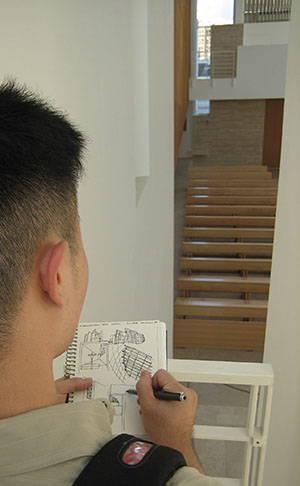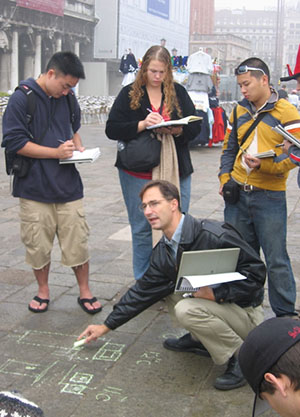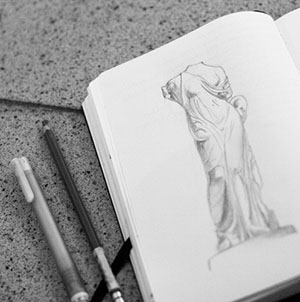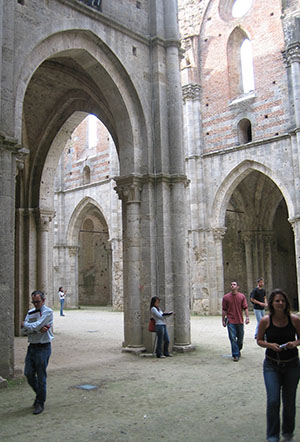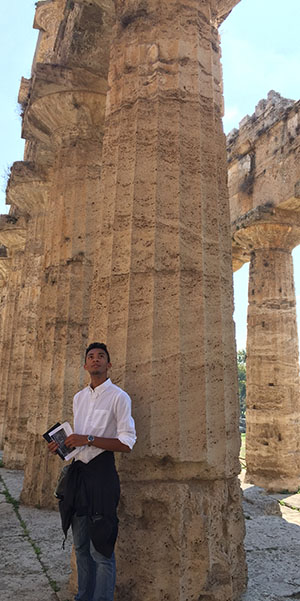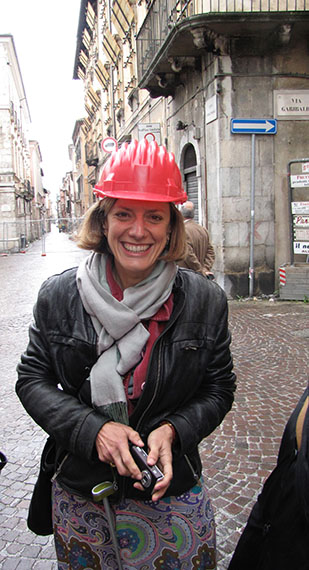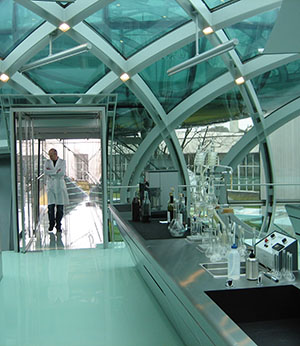AIA helps educators realize their own teaching and research goals through seamless academic support from preliminary planning to support in the field. We can also provide local instruction in any field – from supplemental local experts to comprehensive academic solutions.
We tailor our level of service to each individual client’s needs. Academic services can range from pre-program planning and budgeting, to administration, booking and payment, to full instruction and leading academic travel.
Diverse Disciplines
AIA specializes in Honors Programs, STEM, Architecture, and Heritage Management programs. But our academic activities have included classes, workshops and conferences in fields as diverse as the following list. See our Fields of Study page for more possibilities.
- Archaeology & Heritage Management
- STEM – Contemporary Science, Technology, Engineering and
Mathematics - History of Science
- Architecture, Landscape Architecture, Urban Design, City and Regional Planning
- Building Technology
- Art History
- Photography
- Business
- Modern Languages
- Comparative Religion
- Sociology
- Service Learning
Faculty Support
AIA helps faculty realize their individual teaching objectives, thorough support in planning and execution of both academic content and logistics. Whether they are locals or new to the country, we can advise faculty on how to take full advantage of the unique teaching opportunities of study abroad and the special resources of the host country. See Program Development below.
Our staff support faculty with all logistical matters related to facilities and equipment, events, site visits and excursions, including bookings and transportation, etc. We prepare complete booking arrangements, travel plans and vouchers to anticipate each step of academic travel and on-site teaching. And we re-confirm booking in advance of each event.
Our staff meet regularly with faculty to anticipate program needs, and to help monitor progress, program budgets and our performance. Faculty have access to AIA staff 24-7 in case of emergencies.
“ When I teach on site, the support I get from AIA staff really allows me to concentrate on my lesson, not logistics. The staff anticipates my needs, I get vouchers and letters well in advance, and all the details of the visit are communicated clearly. They really stay on top of things”
Linda Nolan – Professor of Art History
Local Experts, Guest Lecturers and Visits
AIA will introduce your students to local experts and professionals in virtually any field for classroom instruction and site visits. Rather than maintain a static faculty in a limited variety of disciplines, AIA cultivates expert adjunct faculty to serve specific curricular requests. Drawing from the broad pool of local and visiting academics and professionals in Italy, we regularly provide faculty in the Liberal Arts, Sciences, Architecture, Archeology, Social Sciences, Business, etc.
Just some recent instructors/guest lecturers have included:
- Economics / Banking Experts
- Journalists
- Marketing Professionals
- Industry / Commerce / Trade Union experts
- Papal / Vatican Experts
- Social Historians / Anthropologists
- Mayors & City Officials
- Artists / Art Historians / Restoration experts
- Archeologists / Heritage Management professionals
- Slow Food / Coffee / Place of Origin experts
- Sociologists / Political Scientists
- Refugees / Aid Workers
- Anti-Mafia activists
- Ecologists / Sustainability experts
- Physicists / Astronomers / Biologists / Geographers / Mathematicians
- Architects / Landscape Architects / Engineers / Urbanists
Field-Study
AIA organizes field-study to both cultural sites and professional environments throughout Italy and beyond. Visits are closely coordinated with specific course objectives, calendars and assignments, and we set specific learning outcomes for academic visits. We provide pre-departure prep sessions with detailed schedules and illustrated handouts. The nature and location of visits will vary for specific student concentrations. AIA excels in arranging exceptional visits to unique locations. Through field-study trips we introduce students to sustainable environments and unique, authentic places, as well as inspiring local figures, like mayors, activists and artists.
Some recent uncommon site visits have included:
- refugee centers
- artists studios
- an earthquake red-zone
- wineries / slow food farms
- a wetlands reclamation site
- an experimental energy lab / particle accelerator
- the Gran Sasso National Physics Laboratory
- a satellite factory / automobile factories
- astronomical observatories and a radio telescope
- Italy’s high-speed rail control center
“I love how everything we learned in lectures were further reinforced by actual field experiences. I loved every part of the program.”
Alexandra Addesso, student

